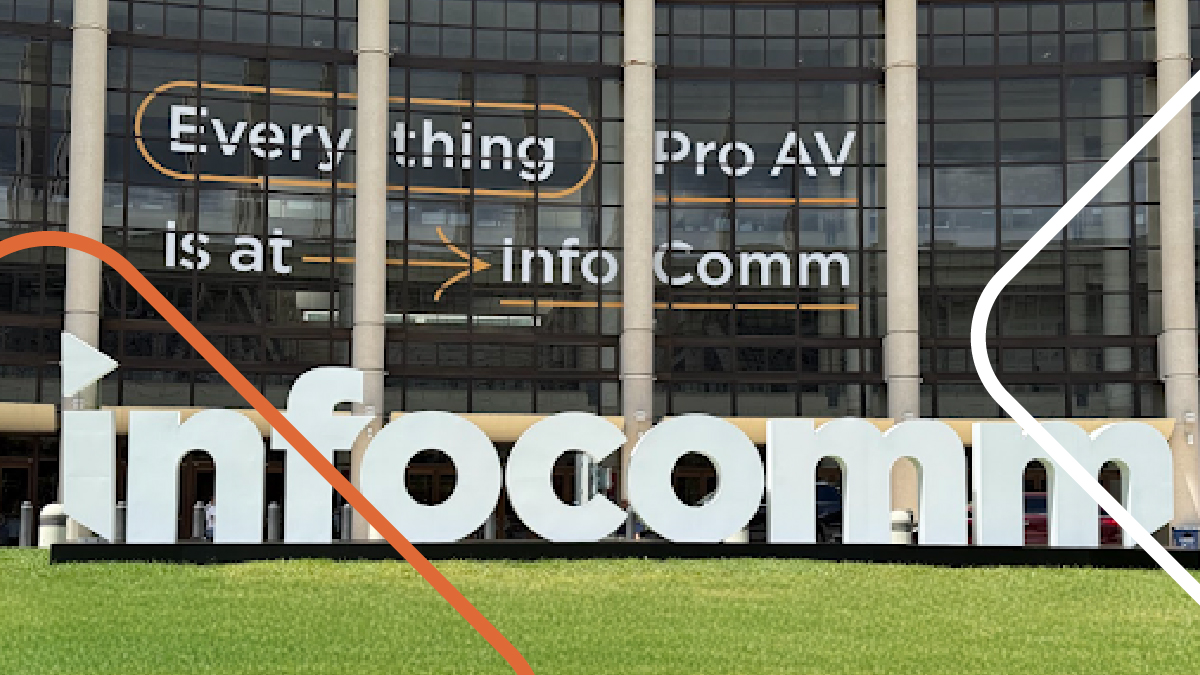
The digital signage industry continues to accelerate. According to Grandview Research, it is now approximately a USD 28.8 billion market globally and on track for USD 45.9 billion by 2030. Technological breakthroughs—from AI-driven personalization to touchless displays—are reshaping how businesses engage customers. For field service providers, this means adapting to higher deployment volumes, advanced tech requirements, demand for low-touch, scalable solutions, and a growing emphasis on sustainability. Here are five digital signage trends and their implications for field services.
1. AI Integration
Artificial intelligence (AI) is increasingly prevalent in digital signage, offering more innovative, more adaptive content delivery. According to Pickcel, integrating AI with digital signage provides a range of capabilities, including intelligent targeting and advertising based on customer behavior and enhanced interactivity for improved customer experience.
For field service providers, adapting to this trend means deploying signage solutions that dynamically adjust content based on environmental factors or customer interactions, enhancing efficiency and effectiveness in communication strategies. MSPs will need independent technicians with the expertise to install, troubleshoot, and update AI-integrated digital signage.
2. Rise of touchless displays
The demand for interactive displays is surging, with touchless technology gaining traction as a hygienic alternative in the post-pandemic world. According to industry experts, gesture-based interactions also provide users engaging ways to interact with digital content without physical contact.
Field service leaders must prepare to incorporate interactive and touchless digital signage solutions into their service offerings. On-site technicians handling these services should be proficient in the hardware components that makeup this solution, including sensors and cameras that detect movements and gestures. Technicians should also have a knowledge of the software and programming involved. Technicians will need to know how to install, troubleshoot, and maintain the system as well.
3. Adoption of cloud-based digital signage solutions
Cloud-based digital signage platforms simplify content management and distribution, enabling remote updating and control of signage networks. This feature is desired among businesses that need a flexible and cost-effective method of updating promotional content on the fly.
Service providers need a team of technicians who can customize and integrate digital signage with clients’ existing cloud infrastructures and business applications to meet the growing demand. Because cloud-based systems also require data security solutions, field service providers must have a basic understanding of the principles of cybersecurity, including understanding the vulnerabilities of cloud-based systems and how to best mitigate these risks. Additionally, technicians should have an understanding of various computing concepts, including knowing how data is processed, stored, and managed remotely.
4. Emergence of sustainable and energy-efficient displays
Sustainable and energy-efficient digital signage is a growing trend for several reasons, including energy efficiency, corporate responsibility, and cost efficiency. LED and OLED technologies are leading the way, offering brighter, more vibrant displays with lower power consumption. Field service leaders can meet this demand by providing installation, maintenance, and optimization services for these display types.
5. Enhanced connectivity with IoT integration
The Internet of Things (IoT) facilitates a new level of connectivity between digital signage and other devices, enabling a more cohesive and interactive user experience. According to ScreenCloud, businesses can create highly personalized and context-aware advertising or information campaigns by integrating digital signs with sensors, beacon messaging, and other IoT devices.
For field service providers, IoT integration offers the opportunity to provide innovative solutions to meet this demand, such as setting up and installing IoT devices, managing network configurations, and troubleshooting connectivity issues. Technicians will need to be prepared to manage various hardware pieces including sensors and beacons. They will also need to have a solid understanding of networking principles, such as configuration management of both wired and wireless networks. This could include setting up network routers and switches.
Meet the demand for digital signage with Field Nation
As these trends grow in popularity and digital signage technology advances, one thing is certain: digital signage will continue to impact field services. By staying ahead of these developments, field service companies can enhance their service offerings and create more meaningful and engaging experiences for their clients.
Tackle new trends and meet the growing demand for digital signage with the #1 labor marketplace for IT field services! Witness the benefits of on-demand labor and find skilled digital signage technicians on Field Nation today.






